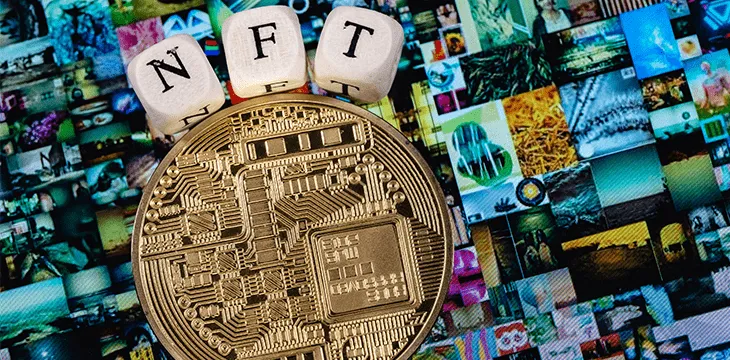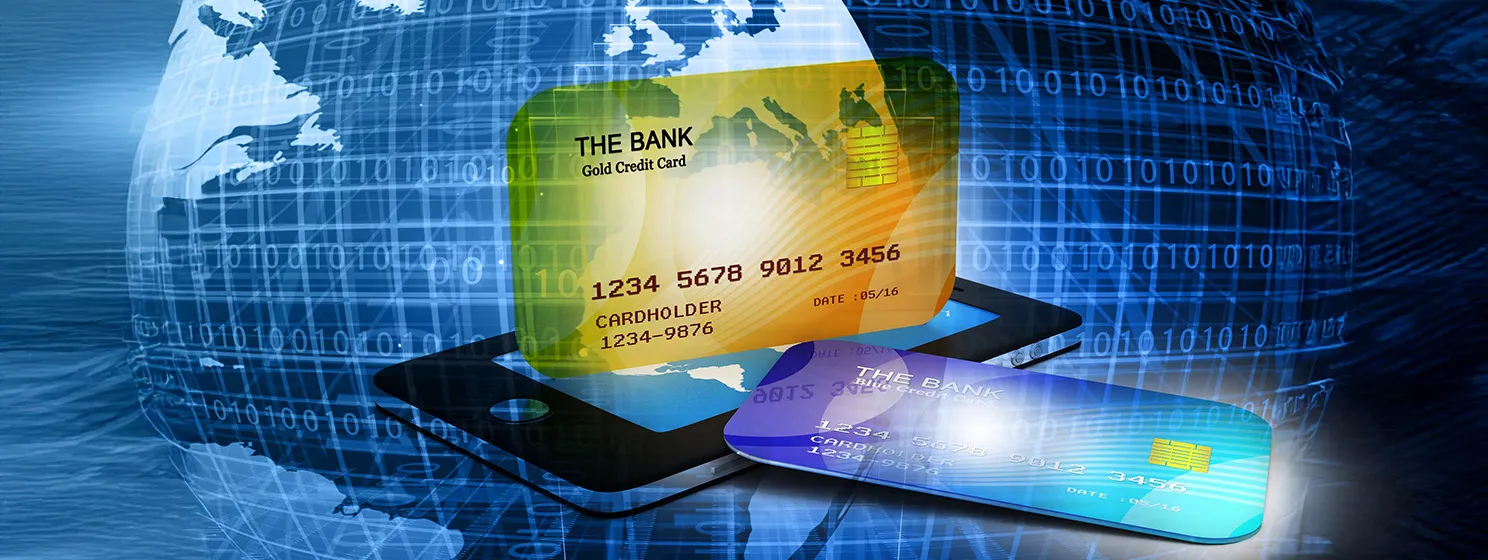|
Getting your Trinity Audio player ready...
|
The blockchain and digital asset industries are fast-moving, in the 12 years Bitcoin has existed, we have seen many influential trends in the blockchain and digital currency space come and go. Initial coin offerings (ICOs) used to be wildly popular but now they are virtually non-existent, and on the flip side, non-fungible tokens (NFTs) have existed for nearly a decade but experienced widespread adoption for the very first time this year.
If you have been in the crypto sector for long enough, you come to realize that it has cycles, and in each cycle, there are new trends that are created while the old trends get muscled out.
Here are a few of the most influential trends that took place in the blockchain and digital currency industry in 2021.
The death of DeFi coins and tokens
In 2021, DeFi coins and tokens, which often took the form/name of different foods and animals, stopped being hot investments and trading opportunities; the era of Sushi tokens and Badger coins came to an end in 2021.
The death of these DeFi coins and tokens was predictable, the only utility that many of them had was that they allowed traders to make money. Most of the coins and tokens did not have a sustainable revenue-generating business model, a working product, or a roadmap.
Regardless, both retail and institutional investors loved these tokens due to their low liquidity and low trading volume which allowed those that got in early to have their bags pumped by everyone who followed. The DeFi dynasty ended when digital art NFTs became popular and investors started rotating out of DeFi coins and tokens and into NFTs—ever since then, investors have not looked back at the DeFi coins and tokens that pumped their portfolios and increased their net worth.
NFTs
2021 was a monumental year for digital art NFTs; the market for NFTs grew exponentially. Some blockchain-based NFT sales even made it onto the list of the highest prices ever paid—at auction or private sale—for an artwork by an artist living at the time of sale.
So why did NFTs experience so much success? Unlike many of the concepts in the blockchain and digital currency space, NFTs had a reference point that any consumer or investor could collect data from to better understand the world of NFTs, that reference point was the market for fine art.
NFTs and fine art have many similarities, a few of the most notable ones are scarcity, the clout that comes from owning a rare piece, the well-developed communities that support the art, and the network effect that the members of these communities often have which bolsters more interest in the art. Additionally, the price of some NFTs creates a barrier to entry which can give projects prestige (like owning a very expensive car), which makes the expensive art at hand even more desirable.
Interestingly, during periods when the digital currency markets are on a downtrend, many people rotate money out of coins and tokens into NFTs because NFTs tend to preserve wealth better than the coin or token associated with the blockchain network that the NFT lives on.
For these reasons, among many others, NFTs made their mark and showed the world that they are here to stay in 2021. Many people believe that 2021 was just the beginning for NFTs, what became popular because of blockchain-based digital images is now evolving into a space where tokens have utility and properties that give their owners the ability to take advantage of unprecedented opportunities and economies.
The rise of the DAO
Similar to NFTs, Decentralized Autonomous Organizations (DAOs) have existed for nearly a decade but did not pick up traction until 2021. DAOs can thank DeFi—legitimate decentralized financial services, not animal or food coins and tokens—for the resurgence in their popularity.
DAOs are an extension of the legitimate DeFi apps and services that have been created like decentralized lending and borrowing; but rather than decentralizing financial services, DAO’s decentralize decision-making—or at least they used to. What started as a leaderless entity governed by its members has transformed into an entity where community members pool their funds to accomplish a specific goal—for example, the Constitution DAO set out to buy a copy of the United States Constitution.
Although some DAOs are still focused on decentralizing decision making and governance, more and more are beginning to take a form that looks more like the Constitution DAO; where they raise money to accomplish a very specific and pre-defined goal.
It is still the beginning for DAOs, but 2021 was the year that many DAOs went from being just a tiny blip on the radar to a fixture in the cryptocurrency world.
Play-to-earn
Play-to-earn games are usually video games that reward their participants—and sometimes only the winning participants—with digital currency or NFTs upon completion of the game.
Many believe that blockchain-based play-to-earn games create unique opportunities for gamers because, at the moment, only professional gamers or gamers that stream to a large audience are the ones that get paid to play games. However, play-to-earn games give any gamer, no matter what their skill level, the opportunity to play a game casually and earn money. Some believe that if the player puts enough time and energy into a play-to-earn game, that they will be able to earn an income by way of gaming.
Enter the Metaverse
In Q4 2021, many companies made a move into the metaverse; Facebook even changed its company name to ‘Meta,’ and has announced plans to build a metaverse.
When describing the metaverse, many people reference the movie Ready Player One, in which a digital world exists that rivals the physical world in many ways. This digital world is enabled by technological advancements like AR, VR, and blockchain to create an immersive experience for the end-user.
As the infrastructure around virtual reality and augmented reality improves, you can expect even more companies, both new and established, to launch a platform, service, or application that is metaverse adjacent.
Web 3.0
And the final trend that has emerged this year—or at least the final trend we will discuss in this article—is the increasing interest and number of companies developing or building what they are calling ‘Web 3.0.’
Web 3.0 is best described as the next version of the internet, where the internet natively has properties that alter the way ownership, identity, revenue/profit generation work, and more. Many of the Web 3 developments aim to empower users, and many of the concepts discussed in this article such as the metaverse, NFTs, DeFi, and DAOs tie into Web 3.0 in one way or another.
Many believe that blockchain networks are one of the key tools that will bring Web 3 to fruition, and many companies are trying to take advantage of what they believe will be an emerging market (Web 3).
Supplying consumer demand
In 2021, we saw new trends come and old ideas go. In the broader digital currency space, there is slowly but surely a move away from money grabs, and into projects that have utility or add value to the end-user.
Many creators are currently interested in delivering the products, platforms, and services that will usher in the new era of the internet, Web 3.0. Unfortunately, this has led to phrases like “web 3” and “metaverse” becoming the latest blockchain buzzwords that individuals are carelessly using to secure investor dollars.
If done correctly, Web 3 and the metaverse have the potential to experience mass adoption and widespread use; but it’s still unclear if the infrastructure to support a full-on metaverse or a decentralized internet is in place yet. Regardless, I expect progress to be made in each of the areas listed in this article in 2022, as more companies build and release platforms and services that are currently in high demand.
Watch: CoinGeek New York presentation, AR & VR & the Metaverse on Blockchain

 08-13-2025
08-13-2025 





